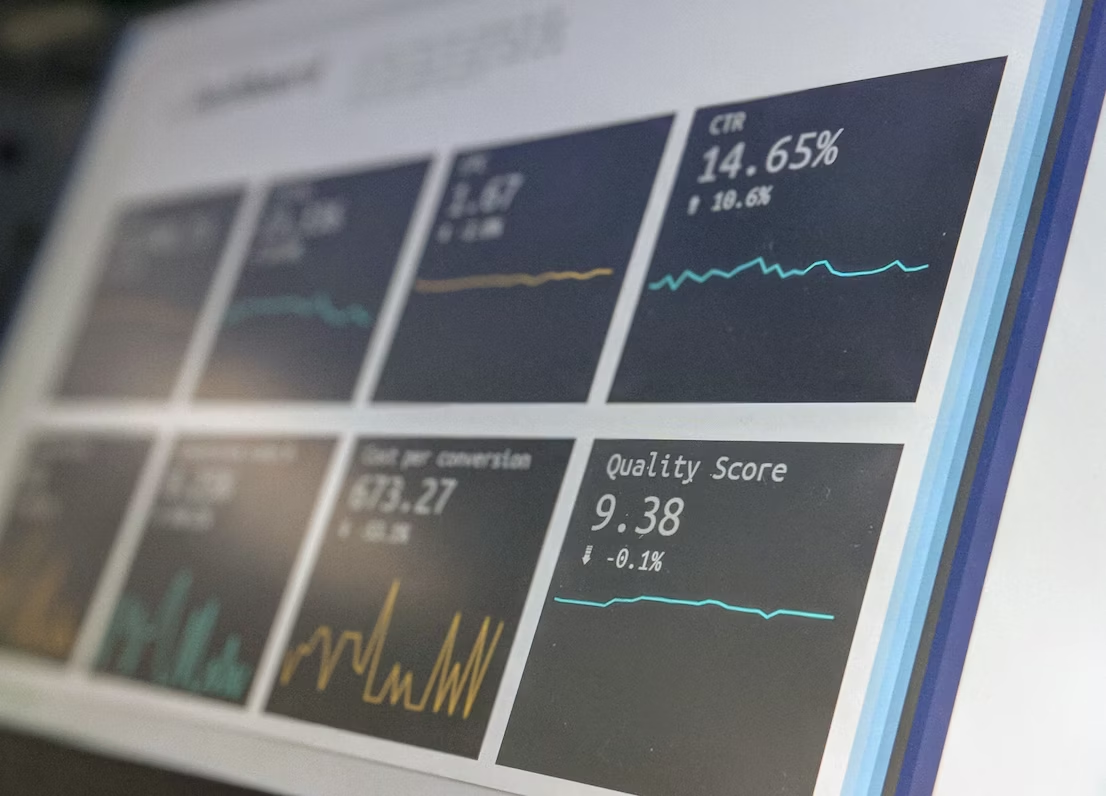Preparing for a performance with surtitles can be a daunting task for venues, but with the right approach, it can be a seamless and successful experience. Here are some tips on how venues can best prepare for a performance with surtitles:
1. Choose the right technology:
Selecting the appropriate technology is crucial for a smooth surtitling experience. Look for a system that is user-friendly and allows for easy editing and synchronization of the projected text. Consider using dedicated software or working with a professional surtitling company to ensure high-quality results.
2. Collaborate with translators:
Work closely with translators to ensure accurate and effective surtitles. Provide them with a script in advance and discuss any specific requirements or nuances of the performance. Clear communication is key to ensuring the final surtitles capture the essence of the dialogue.
3. Test the surtitles:
Conduct thorough testing of the surtitles before the performance. Check for spelling errors, timing issues, and readability from different parts of the venue. Adjust the font size, speed, and positioning as necessary to ensure optimal visibility for the audience.
4. Coordinate with the technical team:
Collaborate with the technical team to ensure a seamless integration of the surtitles into the performance. Discuss the placement and size of the surtitle screen, as well as the lighting and sound requirements. It's important to strike a balance between the visibility of the surtitles and the overall aesthetic of the performance.
5. Communicate with the audience:
Inform the audience in advance about the presence of surtitles and their purpose. Provide information on how to read the surtitles and any specific instructions or guidelines. This can be done through pre-show announcements, program notes, or signage. By keeping the audience informed, you can enhance their understanding and enjoyment of the performance.
6. Train the staff:
Make sure your staff is knowledgeable about the surtitles and how they work. Train them to assist audience members who may have questions or need assistance in reading the surtitles. This will help create a supportive and inclusive environment for all attendees.
7. Seek feedback:
After the performance, seek feedback from both the audience and the production team. Ask for their thoughts on the clarity, timing, and overall effectiveness of the surtitles. Use this feedback to make any necessary improvements for future performances.
By following these tips, venues can effectively prepare for a performance with surtitles and ensure a seamless and enjoyable experience for both the audience and the performers. Embrace the power of surtitles and open up new possibilities for accessibility and artistic expression in your theatrical productions.









